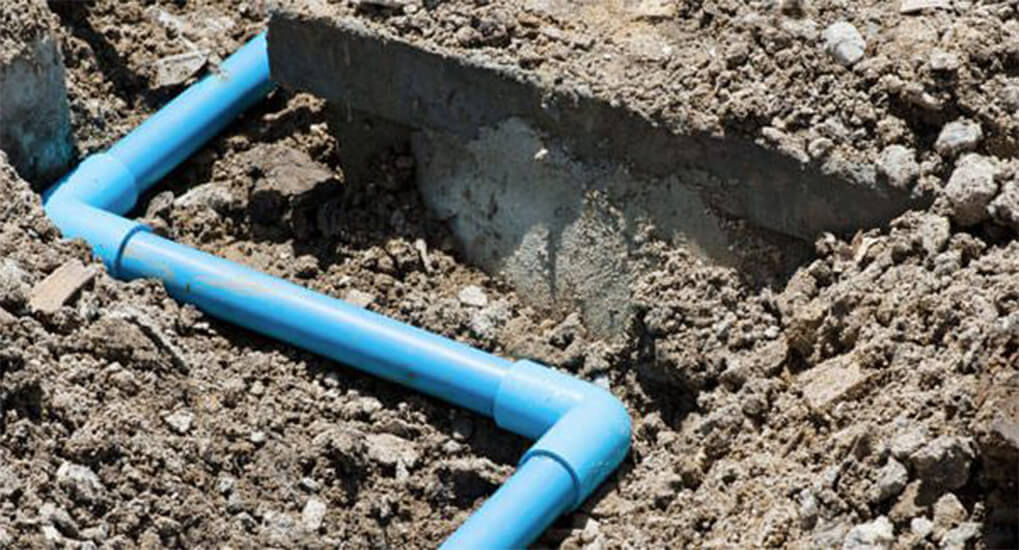What to Do When Your Toilet is Clogged
Most of us probably don’t think too much about how nice it is to have a working toilet in our home, until that toilet is broken. Then, there is probably little else you can think about. When your toilet won’t flush, there could be a number of different things going on – some more significant than others. If your toilet won’t flush, there’s a few things it may be and having a plumber inspect the issue is always ideal to ensure your toilet runs properly and you don’t end up with some very expensive and frankly, gross, issues down the line.
One of the most common reasons your toilet won’t flush is a clog. Whether its from too much toilet paper or flushing something that shouldn’t go in the toilet like feminine hygiene products, prophylactics, paper towels, wipes that aren’t rated as ‘flushable,’ or many other items – these things can quickly lead to clog that stops your toilet from flushing. In this case, a toilet plunger may be all you need to rectify the situation.
If it is a difficult or large clog, calling a professional plumber may be necessary to correctly fix the clog. A plumber has tools like an auger that can help break up particularly difficult clogs and restore proper flushing ability. Dealing with a hard to fix clogged toilet? Let a professional do the dirty work so you don’t have to!
How to prevent toilet clogs?
Toilets are a fundamental part of every home. Only a very few people may attention to toilet problems. As a result, they suffer from disastrous problems in later stages. One most common toilet issue is clogging. There are several reasons for this problem to occur and the solutions are available as well.
Low power flow
Low flush toilets are an excellent way to reduce water consumption. This also helps to keep the utility bills as low as possible. However, low flow toilets cause problems by causing low water pressure. One way of preventing is lowering the flushing of toilet paper during flush. It will also greatly improve the efficiency of toilets as well.
Damaged drain line
The age of drain lines might affect its function. Regular disposal of waste products down the flush may also cause frequent clogs. Moreover, foreign objects like hair and debris also affect drain lines. It is essential to call a plumber as quickly as possible to repair sewer and drain lines.
Insufficient water
Water pressure is essential to flush wastes down the toilet. When the tanks are not filled with water, it may affect the flushing function, since there is no pressure to clear the bowl. Homeowners should make sure to check their supply values. The leaks in water lines may also cause this problem.
Hard water
Hard water calcifies and accumulates around the lines. It will become difficult to remove with time. The white substance narrows the gap between water and flushing lines. The mineral accumulation will also cause toilet clogs. An effective fix is to have a plumber check the lines and remove mineral sediments.
S-traps
The s-shaped pipe in toilet bowels helps to remove sewer gases from entering the drains. The damaged S-traps may become susceptible to clogs. Homeowners should use plungers to clear minor clogs. Cleaning the drain lines may prevent expensive repairs as well.
Blockages
Washing machine blockages and other water lines cause drains to clogs. For instance, the issue could affect the entire plumbing system, including faucets. It is essential to call plumbers and inspect drain lines when there is a blockage. They also pinpoint the blockage and use specialized techniques to remove sediments.
Foreign objects
When foreign objects are flushed down the bowel, it may get clogged in drain lines. People may flush down hair, toilet paper, and other objects. Some large items could impact the function of toilets. People should make sure not to flush any trash or other large objects. Households with children additional precaution, since they could accidentally flush toys and trash down the toilet. It could clog the entire system and lead to more extensive repairs.
Slow systems
Slow moving septic systems may stall, as they cannot move drains as faster as usual. When a home toilet is clogged, it is essential to pump septic tanks. Depending on the size of systems, the pumping may be required at every one or three years.

